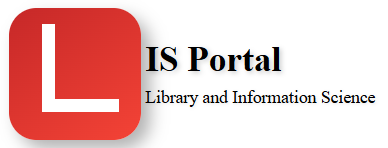Cataloging
Cataloging is a process in library science that involves the creation and maintenance of a catalog or database of the library’s collections. The purpose of cataloging is to provide an organized and comprehensive representation of the library’s holdings, making it possible for users to find and retrieve the materials they need.
A catalog record is created for each item in the library’s collection and includes information such as the author, title, subject, and publication date. This information is used to classify the item and make it searchable in the library’s catalog.
For example, consider a library that has a collection of books on history. The library cataloger would create a catalog record for each book in the collection, including information such as the author, title, subject (history), publication date, and any other relevant information. Once the catalog record has been created, users can search the library’s catalog using keywords or phrases to find books on history that meet their research needs.
There are several software programs available for cataloging in libraries, including:
-
Koha: An open-source Integrated Library System (ILS) that offers a comprehensive cataloging module.
-
Evergreen: An open-source ILS that provides a range of cataloging and metadata management tools.
-
ALEPH: A commercial ILS that offers a powerful cataloging module with advanced features such as automated authority control and cataloging workflows.
-
Sierra: A commercial ILS that provides a comprehensive cataloging module with features such as automated authority control and batch processing capabilities.
-
WorldShare Management Services (WMS): A cloud-based ILS that provides a range of cataloging and metadata management tools, including batch processing and authority control.
-
Aquabrowser: A web-based discovery and cataloging platform that provides libraries with tools for managing and exposing their collections.
